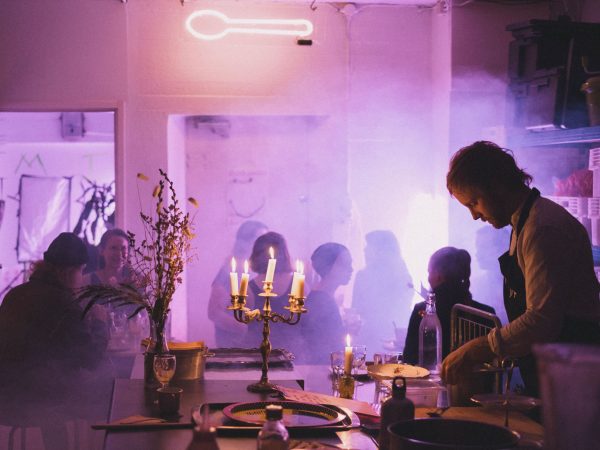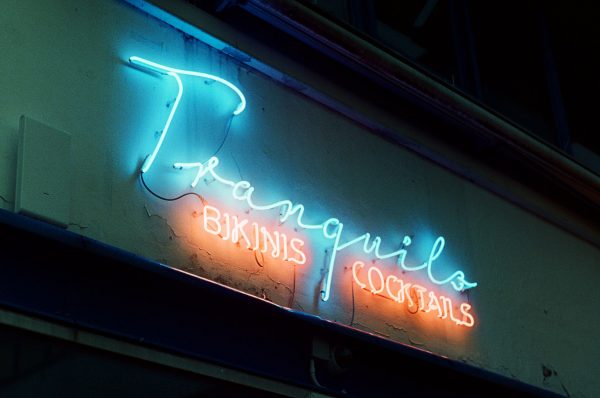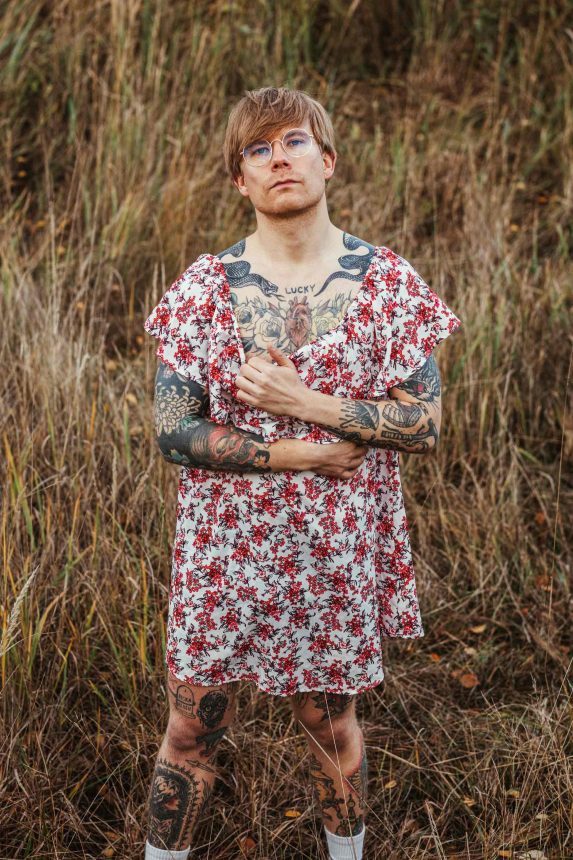
Circular Design 4. Lovia – Impactful & timeless pieces from pre-consumer scrap flows
Can someone’s trash truly become another’s treasure? Jori Pasula dove deep into the world of circular design to learn how different creators can make us love stuff that was already gone. Read how to get wasted materials upcycled – with textiles, beer and interiors.
Finnish bag designer brand Lovia draws inspiration from Finnish mythology. Loviatar is the powerful matriarch witch of our national epic Kalevala and lovi is a crack between two stones, mythologically a gate between two worlds. For Lovia’s founder and designer Outi Korpilaakso these worlds are timeless yet relevant design and excess material flows that the industry needs to learn to appreciate.
How did you get started with Lovia, Outi?
In 2014 I realized that I can’t continue as a designer unless I contribute to solving the problems of the fashion industry. In my previous positions I have witnessed how products can be created without the slightest idea of their actual origin or the people behind the processes. This can be the case with not only consumers, but with designers as well.
I wanted to place the appreciation for people and the environment to the core of my business. Lovia was started with a focus on excess materials.
As the concept of circular economy wasn’t that buzzing back in 2014, I first had to find the sources of material overflows and link up with right connections. And, of course, pitch our ideology over and over again.

Your brand has drawn some inspiration from Kalevala, but transparency seems to be an even bigger theme. What’s your ideology behind it?
I feel that change is only possible with brutal honesty. Each and every one of our bags has a ”DNA code” that lets the customer dig into the detailed background of the product. We want to understand the journey of our materials, the details of our production process thoroughly and open it to our customers transparently.
Designing and producing products has an impact and our products leave a footprint to our environment as well – we want to be open about this. By gathering more knowledge through which we can develop our processes, we can produce long-lasting products that in the future have an even smaller carbon footprint.
How about your material and production flows – what, where?
Majority of the leather and textile is sourced from furniture factories, such as Isku and Hakola. In addition, we use fish skins that are excess from the food industry – all the material used to produce our bags is excess from other industries.
At first it was difficult to find the right partner to produce our bags. Many declined, not wanting to change processes and work on the terms of the scrap pieces of material. With our current partner, Clio (based in Milan) we have been able to solve these issues together and to create a process that works for all. Clio’s team is inspiringly motivated in doing things differently.
How can the scrap pieces be turned into luxurious design pieces?
I think a perfect piece can be both relevant and timeless at the same time. It must serve and delight its users year after year. We’re pursuing beauty and practicality – the bags and purses have adjustable and changeable straps, and all our pieces are designed with maintenance and repair in mind.
Available materials determine our design process – the excess pieces and their forms define a large part of the product being designed. To be fair, the work can be tricky and finding solutions can be a struggle. I think that design, especially the circular type, consists mostly of problem solving. How to turn scraps into aesthetic ensembles. I’m intrigued by the concept of timelessness, and that I’m trying to study – how the classic products face the test of time and what are factors and nuances behind this phenomenon. That is the ultimate challenge in design.
For me, a product is a tool of activism – our product can communicate a message of circularity and spark conversation on how we can impact on different levels – as individuals, as companies and as a society.



